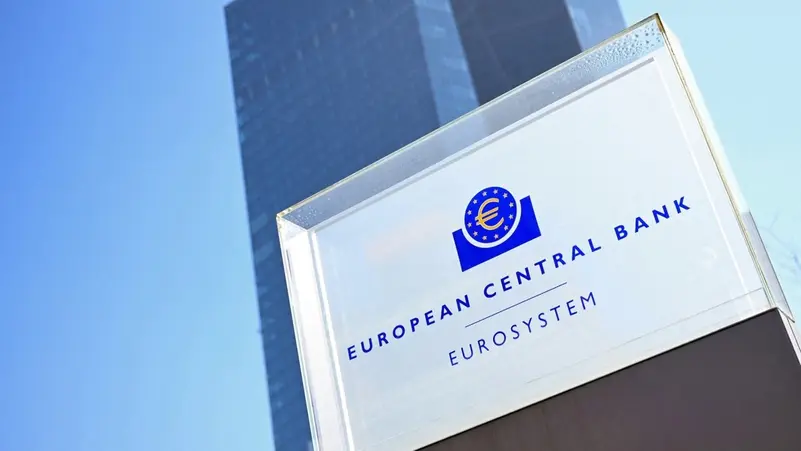The European Central Bank (ECB) is expected to maintain its key interest rate at 2% during its September meeting, according to five sources cited by Reuters.
While this signals a pause in the bank’s year-long cycle of monetary easing, policymakers are leaving the door open for further rate cuts later in the year, particularly in October or December, if economic conditions worsen.
A Pause After a Year of Cuts
The European Central Bank began cutting rates in 2024 to counter slowing growth and ease financial pressures across the eurozone.
However, the latest indicators show unexpected resilience in the eurozone economy. Inflation has stabilized near the ECB’s target of 2%, while consumer demand and employment have held up better than expected.
President Christine Lagarde reiterated in July that the ECB is now in a “good position,” with rates at a level consistent with long-term stability.
This shift has prompted investors to reassess their expectations—many now believe the ECB is moving towards a “higher-for-longer” policy stance.
Tariffs and Global Trade Tensions
One of the main risks to Europe’s economic outlook is the 15% U.S. tariff on EU goods, imposed by the administration of President Donald Trump.
So far, European Central Bank officials argue that the impact has been manageable, with the new duties aligning with the bank’s forecasts.
This has spared the eurozone from the most pessimistic scenarios, though further escalation in trade disputes could harm exports and weigh on industrial output.
If tariffs begin to erode Europe’s trade performance in the coming months, the ECB may be forced to reconsider its cautious approach and accelerate monetary easing.
Inflation and Growth Outlook
The ECB’s latest projections suggest that inflation could dip below 2% in 2026 before rebounding.
This creates space for additional rate cuts if growth falters.
However, policymakers are keen to avoid premature moves that could reignite inflationary pressures—particularly in the context of energy price volatility and ongoing supply chain disruptions linked to the war in Ukraine.
Sources within the European Central Bank note that the September meeting will likely be a “wait-and-see” session, with fresh decisions dependent on August inflation data and eurozone business activity surveys.
If data shows significant weakening, the ECB could be forced to reopen the debate on cutting rates sooner than planned.
Autumn Meetings: October and December in Focus
While September is widely seen as a pause, analysts expect the ECB to return to the discussion table in October (30th) and December (18th).
These meetings could be decisive for shaping policy into 2026.
Two scenarios may push the European Central Bank towards easing:
- Trade shock: If U.S. tariffs hit EU exports harder than anticipated.
- Geopolitical setbacks: If the Ukraine conflict drags on or escalates, further undermining confidence and investment.
Market Expectations: Higher for Longer
Investors have significantly adjusted their forecasts.
According to Reuters, markets are now betting on rates remaining stable—or even rising slightly—through 2025 and into 2027.
This represents a dramatic turnaround from expectations earlier this year, when many predicted a prolonged cycle of cuts.
The shift highlights both the strength of the eurozone economy and the caution of central bankers wary of repeating past mistakes of easing too quickly.
A Balancing Act for the European Central Bank
The ECB’s decision in September reflects a delicate balancing act.
On one hand, economic resilience and controlled inflation argue for caution.
On the other, global trade tensions, Ukraine war, and the risk of slowing demand could quickly shift the outlook.
For now, September looks like a holding pattern.
But with autumn meetings approaching and external risks mounting, the question remains: how long can the European Central Bank keep its pause before acting again?


